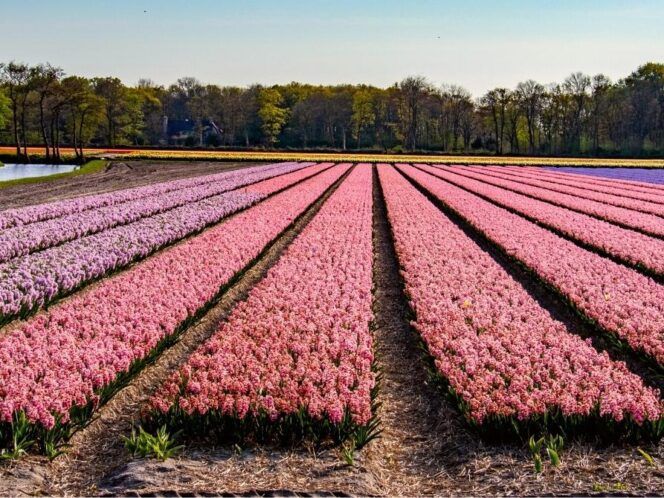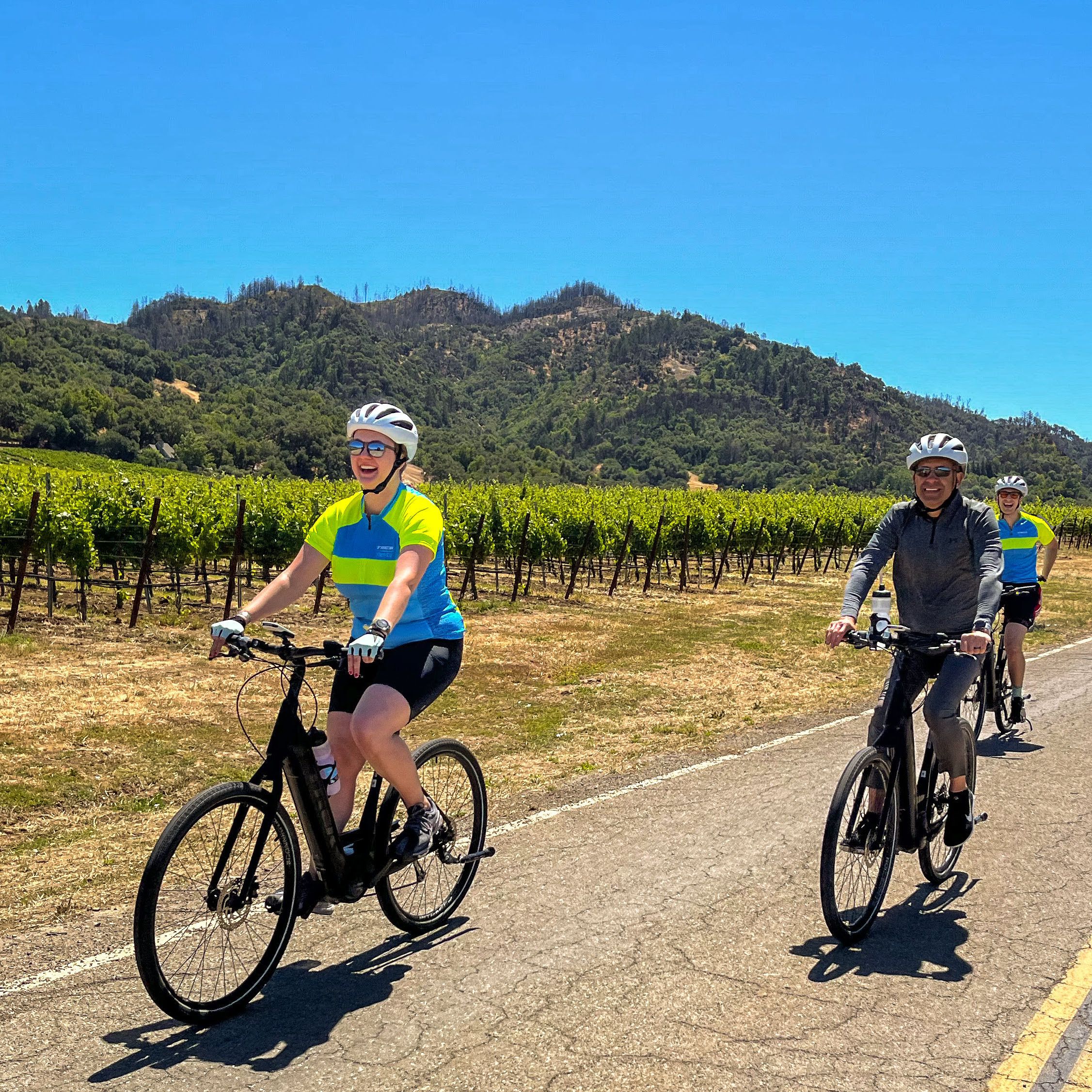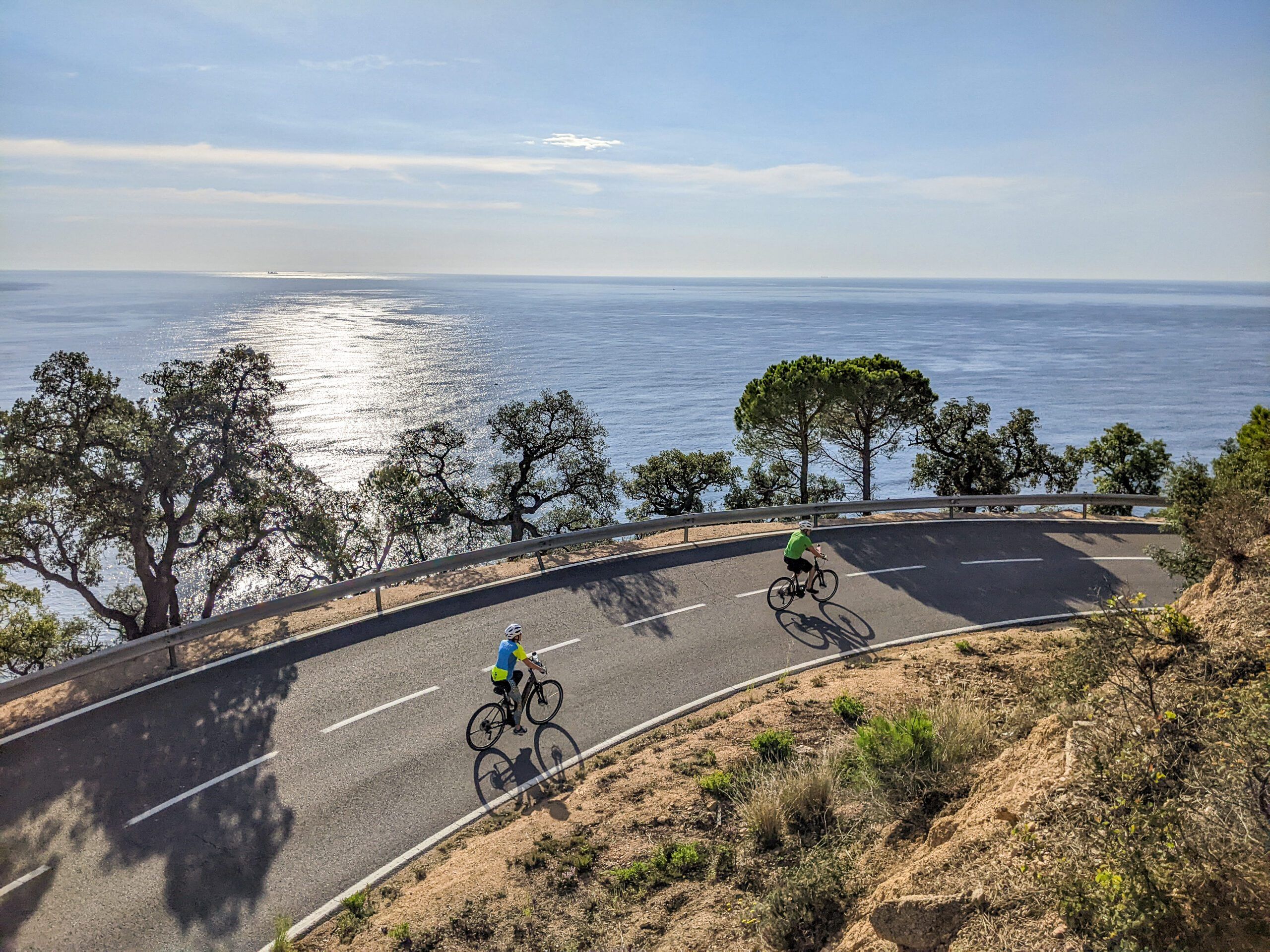
Bike to Work Week? As if the Trek Travel staff needed another reason to pedal their hearts out. Get to know some of our office commuters and their tips, tricks, hacks and favorites they just can’t start the morning without.

KRISTIN
What’s your commuter bike?
A Trek Domane SLR7.
How far do you ride to work?
24 miles round-trip!
One “pro tip” for commuters?
Handy tool: Trek Travel water bottle to squirt rabid dogs in hot pursuit.
Weirdest thing you’ve seen riding to work?
Not really weird, but having a tom turkey block my path ruffled my feathers.


JENNY
What’s your commuter bike?
Trek District 9.
How far do you ride to work?
.5 miles with a stop for coffee.
Favorite part about your commute?
It’s downhill the whole way.
Breakfast go-to?
Two eggs over easy on a piece of multi-grain toast from Madison Sourdough with half an avocado. Sprinkled with red pepper flakes on top.


MARK
What’s your commuter bike?
Trek cross bike.
How far do you ride to work?
5 miles one way on the Southwest Commuter path.
Favorite part about your route?
It’s almost entirely on a bike path!
One thing you never leave home without?
My helmet. But the cooler part now is my fancy new Peak Design backpack.


KATHERINE
What’s your commuter bike?
Either my Trek Silque or Trek Lync.
How far do you ride to work?
6 miles
Favorite part about your route?
I love coming around Olin Park to catch a great view of the Madison Skyline. It’s also amazing that every day the lake looks a little different!
What’s your rock solid advice for starting the day off on the right foot?
A great cup of coffee and a good podcast or some awesome tunes to commute with!


ASHLEY
What’s your commuter bike?
My one and only (for now) is a Trek Lexa 4 road bike. It gets the job done and I’m obsessed with the color!
How far do you ride to work?
My round-trip commute is a beautiful 13 miles!
Commuter “pro-tip”?
Being sweaty at work is the worst. Solution: dresses! I’ve realized they’ve become my go-to when I commute because you can just stuff them in your jersey and not have to worry about a backpack!
Favorite part about your route?
My favorite section is the first three miles through the length of the UW-Madison Arboretum, complete with a descent through a thick deciduous forest.


BRIE
What’s your commuter bike?
My vanilla colored Trek 9th District, ‘Vanilla Bean’, or my Madone if there are lunch or post work rides planned with the TT crew.
How far do you ride to work?
7 miles round-trip
What’s the one thing you can’t commute without?
My bike, of course. Also, my travel coffee mug filled with my favorite coffee is pretty essential to power me through the morning.
Favorite breakfast?
Coffee, did I mention I like coffee? If you want actual food then I’d say avocado toast and a fried egg.































